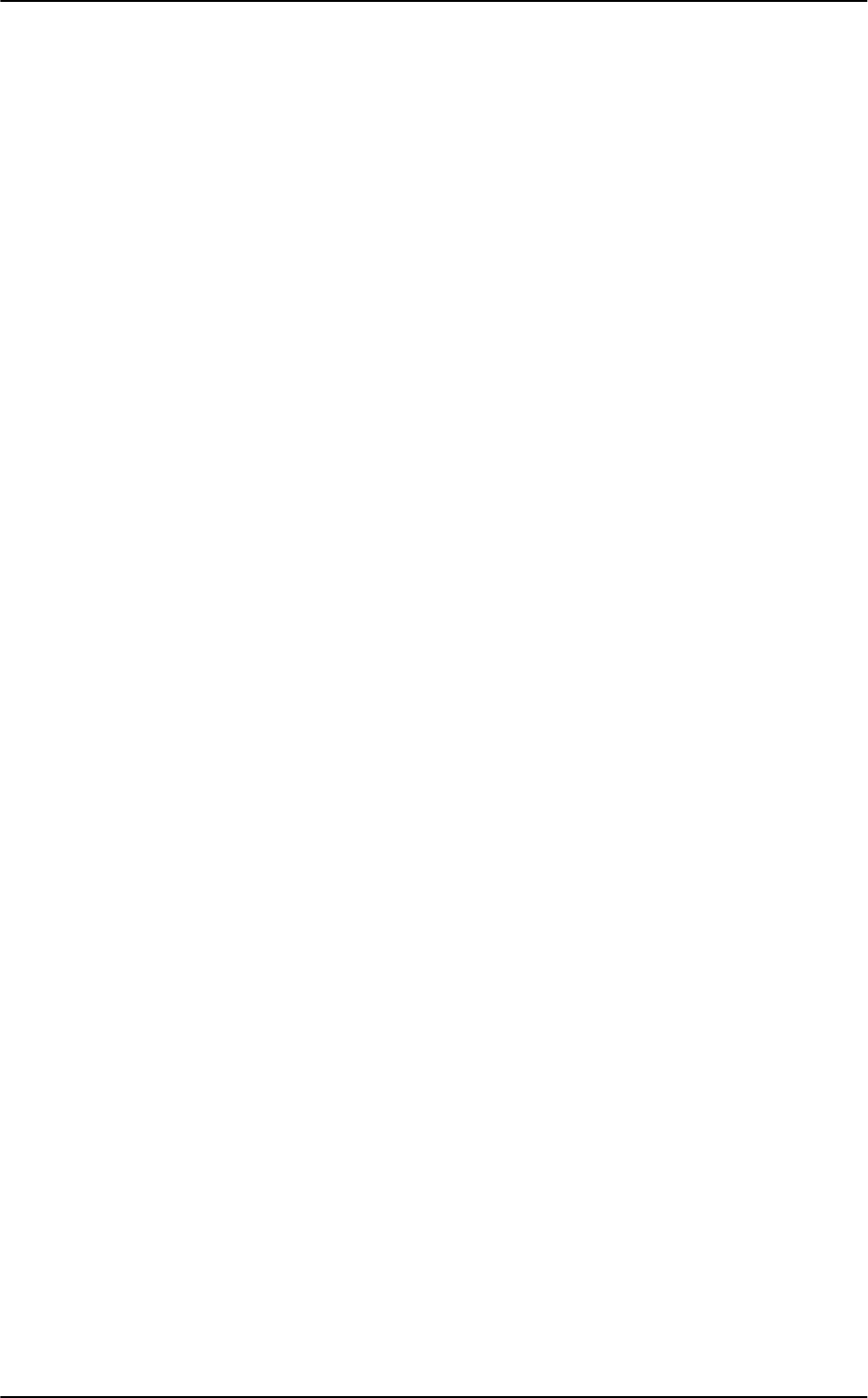
Nikon D70/D70s User’s Guide
I prefer my custom settings below because I prefer to leave the chroma cranked all the way up and
let the camera automatically control contrast and sharpening as conditions change. Your style of
photography will differ.
You can look at the images made with each of the canned settings directly to see how you like them.
You also can use Nikon's free Nikon View software or look at the data on the D70 itself to read what
values of contrast, sharpening, color, etc, were used for each preset. The reason I skip the VIVID
preset is because it selects Mode IIIa, but leave the saturation at normal. I explain these below.
For photos of people I either set the colors back to normal, or cheat and use the Portrait preset mode
on the top dial. As mentioned on the top page, using the preset scene modes on the top dial often
override any settings you've made. I only use P, S, A and M modes which unlock all the adjustments.
Of course using the top dial's Portrait mode sets the colors optimally for portraits, and sets it all back
when I spin that dial back to P, S, A or M. This trick saves me a lot of clicking around under Optimize
Image, but also eliminates my ability to alter the White Balance while in the top dial's portrait scene
mode.
Optimize Image Custom Settings
As mentioned on the first page, I prefer the vivid color I get from Fuji's Velvia 50 film, so I tweak my
D70 to give color as vivid as I can get. To do this I go to MENU > Shooting Menu (camera icon) >
Optimize Image > Custom > (set Saturation to + and Color Mode to IIIa) > - - Done > OK. If you
forget to select "- - Done" and hit OK it won't remember these settings!
Here are what each setting inside the Custom option of Optimize Image does.
Sharpening: I leave mine on AUTO. I've never messed with the manual settings. Sharp
ening
is an
artificial effect not to be confused with sharp
ness
. When I first got a digital camera I thought: "cool,
I'm cranking this to 11," and realized my error. Don't turn it up for no reason, since the image can
start to look artificial. Play with it if you want. I've played with it out of curiosity, and always leave it
on AUTO.
Tone Compensation: This is Nikon's code word for Contrast.. I always leave mine set to AUTO. In
AUTO the D70 automatically applies the Zone System and adjusts contrast to match your subject, for
each and every shot! The D70 automatically lowers contrast and increases dynamic range for very
contrasty subjects, and cranks it up for dull subjects. I've played with the manual settings out of
curiosity. Saturation varies a little with contrast, too. If you crank it to +2 it looks vivid and bold for
flatter subjects, but when you have a contrasty subject it's too much and blows out. Leave it in AUTO
and you won't have to piddle with it. AUTO works great.
The CUSTOM Tone Compensation setting (scroll down) is for hackers. If you pay Nikon $100 for Nikon
Capture software you can create your own crazy H&D curves and then go out of your way to load
them into your D70. Once you create and load them you no longer need the software. Custom curves
are way beyond anything with which I want to bother. Real photographers pay more attention to their
subject's lighting.
Color Mode has three settings:
Mode Ia is default. It's Nikon's secret code for standard sRGB. sRGB is the world standard for
digital images and the Internet.
Mode II is secret code for Adobe RGB, which only hackers use. Adobe RGB gives dull colors when
used by anyone other than an expert in color management who prints his own work. Even if you're an
expert, if you send your work out for printing, 90% of the time the people doing the printing aren't
experts and screw it up for you. Ignore desktop armchair hobbyists who bleat on about the broader
color gamut of Adobe RGB. I've created and printed 100% chroma grads in Adobe RGB and sRGB and
© Ken Rockwell 10 of 10

















